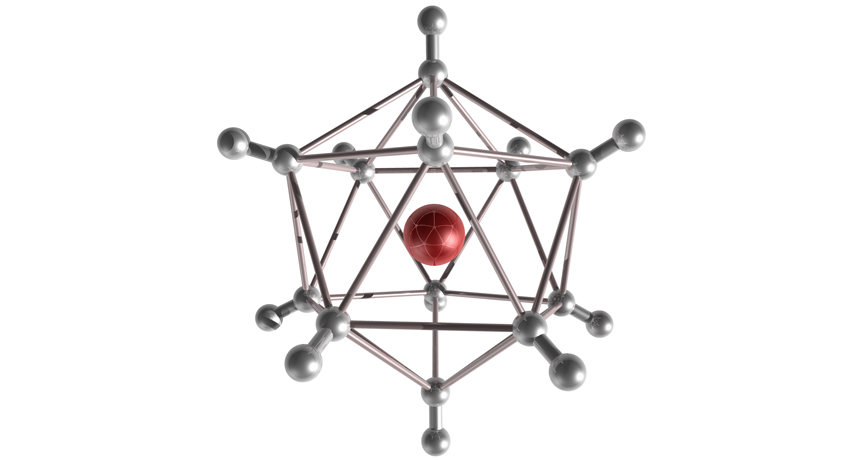New form of hydrogen created

Scientists have produced a new form of hydrogen in the lab — negatively charged hydrogen clusters.
Each cluster consists of hydrogen molecules arranged around a negatively charged hydrogen ion — a single hydrogen atom with an extra electron — at temperatures near absolute zero, the researchers report in the Dec. 30 Physical Review Letters. Similar, positively charged ion clusters have previously been found, but this is the first time scientists have seen negative hydrogen cluster ions beyond the simplest possible pairing of one molecule and one ion.
Physicist Michael Renzler of the University of Innsbruck in Austria and colleagues infused tiny droplets of liquid helium with hydrogen gas. Then, the scientists bombarded the droplets with a beam of electrons, which converted some hydrogen molecules into negatively charged hydrogen ions. Neighboring hydrogen molecules (two bonded hydrogen atoms) clustered around the ion, in groups of a few molecules to over 60.
The scientists also determined the geometric structures of the clusters. Hydrogen molecules organized into shells that surrounded the central ion. Clusters were most stable, and most common, when molecules filled shells to their capacity. In the first shell, for example, the cluster formed an icosahedron — a 3-D shape with 12 vertices — when 12 molecules filled this shell.
In space, hydrogen cluster ions might form naturally in cold, dense clouds of hydrogen or in atmospheres of gas giant planets.